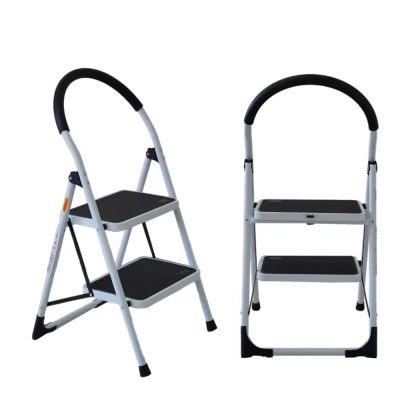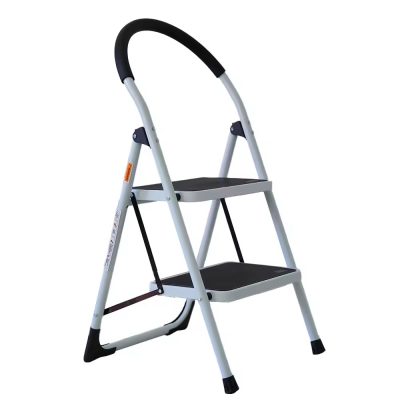In the bustling world of warehouse operations, efficiency and organization are paramount for smooth logistics and optimal productivity. Step ladders stand as essential tools in this environment, providing safe and convenient access to elevated storage areas, shelving units, and machinery. Their practical design, versatility, and safety features make them indispensable assets for warehouse personnel across various tasks and departments. In this exploration, we delve into the crucial role of step ladders in warehouse operations, highlighting their contributions to enhancing efficiency, safety, and overall warehouse functionality.
Ascending to Warehouse Excellence:
Warehouses are dynamic environments with high shelves, storage racks, and machinery that require frequent maintenance, inventory management, and logistical operations. Step ladders serve as indispensable tools for warehouse personnel, enabling them to access elevated areas safely and efficiently. Whether it’s picking orders, stocking inventory, conducting inspections, or performing maintenance tasks, step ladders provide a stable and secure platform for workers to perform their duties, ensuring that warehouse operations run smoothly and effectively.
Safety Features for Worker Confidence:
Safety is paramount in warehouse operations, where workers navigate busy aisles, operate heavy machinery, and handle bulky inventory items. Step ladders are designed with safety features to mitigate risks and ensure worker confidence. Non-slip steps and feet provide stability on various flooring surfaces, reducing the likelihood of slips and falls. Many step ladders also feature handrails or top platforms for added support and stability, allowing workers to maintain balance while working at heights. Additionally, lightweight construction and collapsible designs make step ladders easy to maneuver and store, promoting safe and efficient use in warehouse environments.
Versatility Across Warehouse Departments:
Step ladders find applications across various departments in warehouses, including picking, receiving, shipping, inventory management, and maintenance. In picking and stocking operations, workers use step ladders to access high shelves, storage racks, and pallets, facilitating efficient order fulfillment and inventory replenishment. In receiving and shipping areas, step ladders aid in loading and unloading cargo from trucks and containers, optimizing logistical operations. Maintenance personnel rely on step ladders for tasks such as equipment inspections, light fixture replacements, and facility repairs. Their versatility and ease of use make step ladders essential tools for addressing a wide range of tasks and challenges in warehouse operations.
Choosing the Right Step Ladder for the Task:
Selecting the appropriate step ladder depends on factors such as height requirements, weight capacity, and specific application needs. Warehouse managers should assess the maximum height needed to reach elevated areas and ensure that the ladder’s weight capacity meets the requirements for workers and equipment. Additionally, factors such as material construction, safety features, and portability should be considered when choosing the right step ladder for warehouse tasks. Investing in high-quality step ladders ensures worker safety and efficiency in performing tasks throughout the warehouse environment.
Conclusion:
In conclusion, step ladders play a crucial role in enhancing efficiency, safety, and overall functionality in warehouse operations. With their practical design, safety features, and versatility, they empower workers to access elevated areas and perform tasks with confidence and efficiency, ensuring that warehouse operations run smoothly and effectively. Whether it’s picking orders, stocking inventory, conducting inspections, or performing maintenance tasks, step ladders provide accessible solutions for navigating the vertical landscape of warehouses. Warehouse managers can rely on step ladders to elevate their operations and optimize productivity in the fast-paced world of logistics and distribution.







